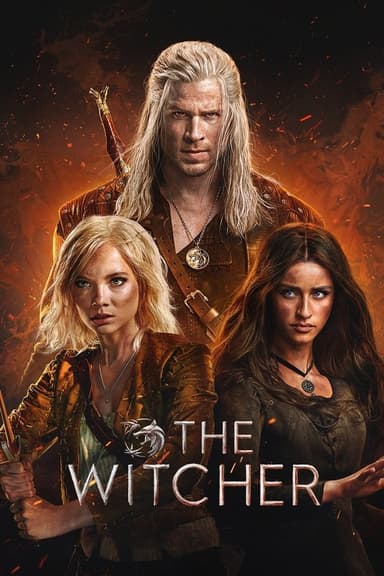
The Lost Tomb
2015 • Action & Adventure, Mystery
Wu Xie is an antique shop owner who comes from a family of tomb raiders. As he continues the family trade with his team of tomb raiders, he finds lost treasures of the Warring States as well as the answers to the tragedies of his family’s past. With the help of his grandfather’s notes and his team – the quiet Zhang Qiling, the resourceful Pang Zi, the experienced Wu Sanxing, San Xing’s loyal helper Pan Zi, and the skillful Ah Ning – Wu Xie sets out to find the lost treasures as well as the people responsible for the massacre of his family.
Why you should read the novel
Reading Daomu Biji offers a far more immersive and detailed experience than watching The Lost Tomb TV series. The novels are richly layered, filled with atmospheric descriptions of eerie tombs, ancient puzzles, and the inner thoughts of its complex characters. Xu Lei’s storytelling draws readers into a chilling world where every secret passage and artifact plays a pivotal role in the unfolding mystery.
Furthermore, the source novels delve deeply into Chinese history, folklore, and the psychology of tomb robbing, providing an authentic look at the motivations and backgrounds of each character. The books gradually unravel secrets over multiple volumes, letting readers savor the unfolding mysteries and the nuances of each character’s development, which is only sketched out in the TV adaptation.
Choosing to read the novels gives you access to a vast, mysterious world teeming with intricate plotlines, suspense, and mythological elements that are often simplified or omitted from the screen version. Newcomers and fans alike will discover a richer, more rewarding adventure that’s simply impossible to capture fully in a condensed television adaptation.
Adaptation differences
One of the most striking differences between the TV adaptation and the original Daomu Biji novels is the way the plot is condensed and altered. The series compresses complex narrative arcs from several book volumes into a single season, resulting in the loss of detailed backstories and subtle character motivations. Many of the TV series’ plot points are restructured for dramatic effect or to fit episodic pacing, often diverging significantly from the source material.
Character development is another area where the adaptation greatly differs from the books. In Xu Lei’s novels, readers gain insight into Wu Xie’s growth, doubts, and inner conflicts, as well as the backgrounds and personalities of his companions. The TV series, on the other hand, tends to flatten these elements, streamlining characters into more archetypal roles and sometimes overemphasizing romance or action at the expense of depth.
Additionally, the fantastical and supernatural elements present in the books are toned down or altered in the series, sometimes to comply with censorship or budgetary constraints. This results in a less mysterious and haunting atmosphere than what readers of the novels experience, diminishing the unique blend of horror and adventure found in Xu Lei’s writing.
The adaptation also frequently omits or changes intricate tomb designs, riddles, and the historical context that underpin both the danger and allure of the grave robbers’ world. By doing so, it simplifies the lore and mythology that are central to the novels, thereby reducing the complexity and suspense that make the books so engaging and beloved among fans.
The Lost Tomb inspired from
Daomu Biji (Grave Robbers’ Chronicles)
by Xu Lei












